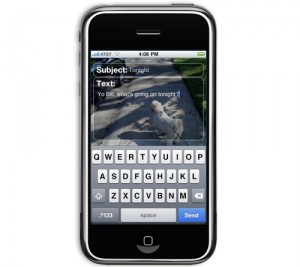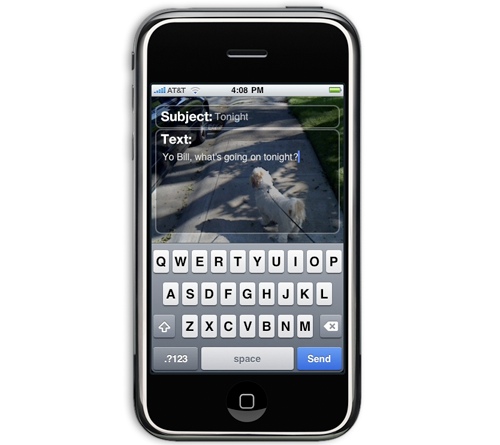“Eye contact is a fundamental human signal — all kinds of studies have shown, for example, how people are more likely to cooperate with one another when they can make eye contact. When we don’t have it, when we become anonymous, we not only lose some of that impulse towards cooperation, we seem to become susceptible to all kinds of behavior we might not otherwise engage in.” –Tom Vanderbilt, author of “Traffic”; interviewed by amazon.com
I really like the book “Traffic,” which came out last year. One of its interesting theses is that traffic is a social issue as well as a transportation issue, and that – given how much we time we spend in our cars – understanding traffic in that context both is informed by, and helps to explain, human nature. As someone observed when it came out, its audiobook version would be a good choice for commuters.

Excuse me, did I just collide with your inbox?
I thought of the idea he explicates above again this morning, when my ex-Tribune pal Drew DeVigal of the NYT twittered a link to this story: “Email ‘n walk – compose emails while on the move.” Relevant quotation: “The subject and message fields appear over the top of a instant video feed via your iPhone’s camera. This way you can type AND walk without worrying about what may be in front of you.”
We could wring our hands about new excuses for stepping into traffic, but as the quote up above might indicate, I’d just as soon as wring my hands about the social piece. Vanderbilt says in “Traffic” that, in a car, eye contact stops at 20 miles an hour, adding a whole layer of danger and uncertainty to the task of driving.
Even at a snail’s pace, and while engaged in way fewer than the 1,500 to 2,500 skills necessary to drive a car, emailing and walking … well, you get the idea. It’s not about the obstacles you run into. It’s about the isolation that gives your subconscious self permission to feign anonymity, isolation, and total focus in the midst of distracting multitasking.
Vanderbilt again: “As the inner life of the driver begins to come into focus, it is becoming clear not only that distraction is the single biggest problem on the road, but that we have little concept of just how distracted we are.”
It could be argued that today many people not only crave distraction, they wouldn’t know how to exist without it. But there’s no one to argue with; they’re texting from behind the wheel, or while six feet away from the curb.
=======
ADD END, added 5/20: Drivers in Tennessee were the worst, with 42% admitting to texting and driving, according to Vlingo Corp., a maker of voice user interface software.
via One in four mobile users admits driving while texting. | Computerworld
Hmmm. If both the driver and the walker are texting, how will they ever form a social contract?
